The image of the divine bird in the dance of Dai ethnic group: the historical origin and artistic characteristics of the Kinnara Dance
DOI: 10.23977/artpl.2024.050408 | Downloads: 40 | Views: 1395
Author(s)
Ansheng Shen 1, Jinkun Wang 1
Affiliation(s)
1 College of Art, Yunnan Normal University, Kunming, 650500, China
Corresponding Author
Ansheng ShenABSTRACT
The purpose of this paper is to explore the cultural connotation of Kinnara dance under the background of Dai culture. Through the in-depth analysis of the historical origin, dance characteristics, religious functions, inheritance and development in contemporary society, this paper reveals its unique position and influence in the Dai cultural circle.By combining the methods of literature and field investigation, the paper systematically sorted out the origin, evolution and the close relationship between Kinnara dance and Dai ethnic group . Kinnara is not only a form of artistic expression, but also an important part of the Dai belief system. Therefore, this paper discusses how Kinnara can maintain its cultural continuity and vitality through innovation and adaptation in the process of modernization. It is of great significance to promote the protection and development of ethnic group culture.
KEYWORDS
Dai ethnic group dance; Tight naro dance; Artistic characteristicsCITE THIS PAPER
Ansheng Shen, Jinkun Wang, The image of the divine bird in the dance of Dai ethnic group: the historical origin and artistic characteristics of the Kinnara Dance. Art and Performance Letters (2024) Vol. 5: 52-57. DOI: http://dx.doi.org/10.23977/artpl.2024.050408.
REFERENCES
[1] Yang Minkang. Peacock Dance Performance in the Context of Southern Buddhism and its ethnic cultural identity [J]. Ethnic arts, 2014, (5): 55-63. The DOI: 10.16564 / j.carol carroll nki. 1003-2568.2014.05.014.
[2] Minai, translated by Zhu Haiying, "The Dance and Ethnic Customs of Various Ethnic Groups in Myanmar" (1959, text part), Mimeographed internal publication of Ethnic and Folk Art Research Office, Yunnan Arts University, 1986, pp. 54-55
[3] Kaizhou Yang, Nataji Dao. Inheritance and Development of primitive ecological Dance of Nanxi Dai ethnic group: A case study of Kinnara Dance [J]. Drama Home, No. 14, 2023
[4] Zhu Haiying. The "Past and Present Life" of Peacock Dance Music of Dai ethnic group [J]. Music of China, 1st issue, 2018
[5] Shen Bo. The transformation from manifestation to aesthetic appreciation: The trajectory of Peacock Dance's change and dissemination from the visual and oral perspective [J]. Journal of Beijing Dance Academy, No. 1, 2022
[6] Yan Yong, Hu Chao, Wang Anhaowei. The dai dance "ones", light up a troupe frontier nirvana [N]. Xinhua daily telegraph, 2023-04-10 (007). The DOI: 10.28870 / n.c nki. NXHMR. 2023.002080.
[7] Lei Yong. On the Cultural Identity and Modern Construction of cross-border Nationalities [J]. World Nationalities, No. 2, 2011
[8] Xie X F, Bao R. Analysis of Dai village landscape in Dehong under the influence of "dualistic unity" religious belief [J]. The southwest frontier ethnic research, 2018, (03) 181-187. The DOI: 10.13835 / b.eayn. 25.21.
[9] Liu Jinwu, Su Tianxiang, Ma Wenjing, Duan Jianlan. Dai ethnic group Dance [M]. Kunming: Yunnan People's Publishing House. 1981
[10] Lu Shuai. Analysis on dance ecology of Zhunaluo Dance of Mengding Dai ethnic group [J]. Art Review, 2020, (15): 89-92.
| Downloads: | 25620 |
|---|---|
| Visits: | 963699 |
Sponsors, Associates, and Links
-
Journal of Language Testing & Assessment
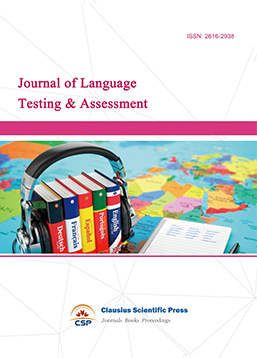
-
Information and Knowledge Management

-
Military and Armament Science

-
Media and Communication Research

-
Journal of Human Movement Science

-
Lecture Notes on History
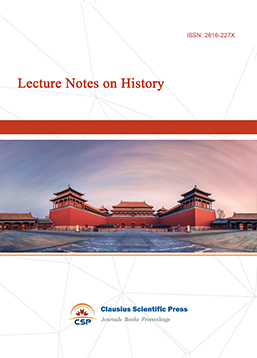
-
Lecture Notes on Language and Literature
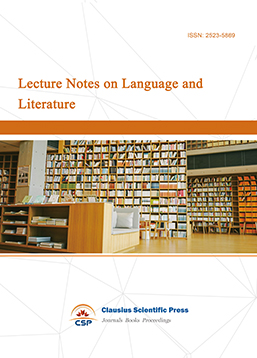
-
Philosophy Journal
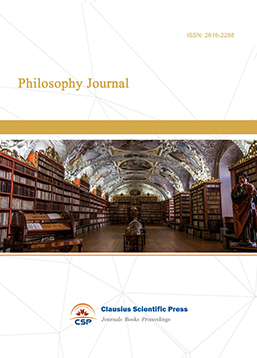
-
Science of Law Journal

-
Journal of Political Science Research
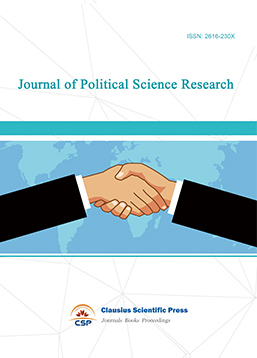
-
Journal of Sociology and Ethnology
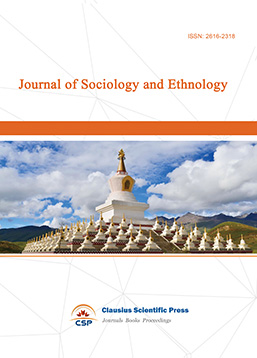
-
Advances in Broadcasting


 Download as PDF
Download as PDF